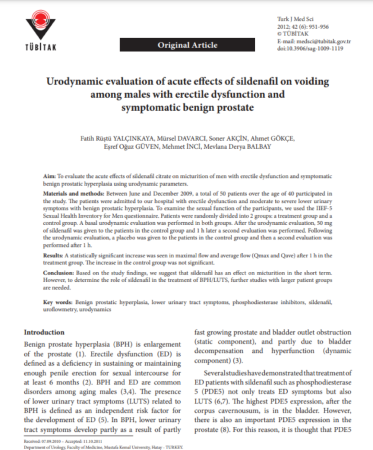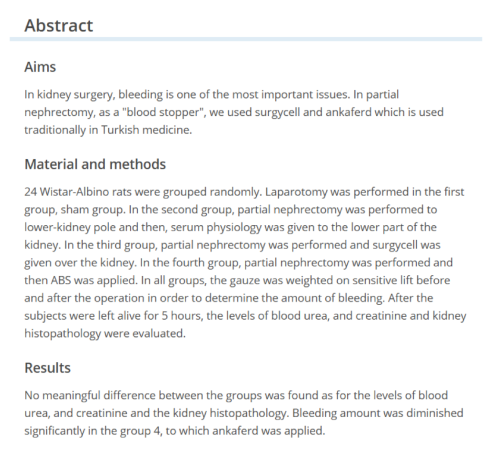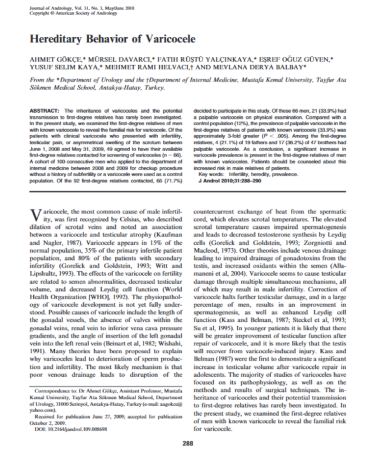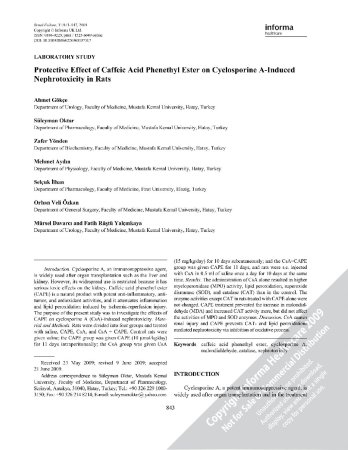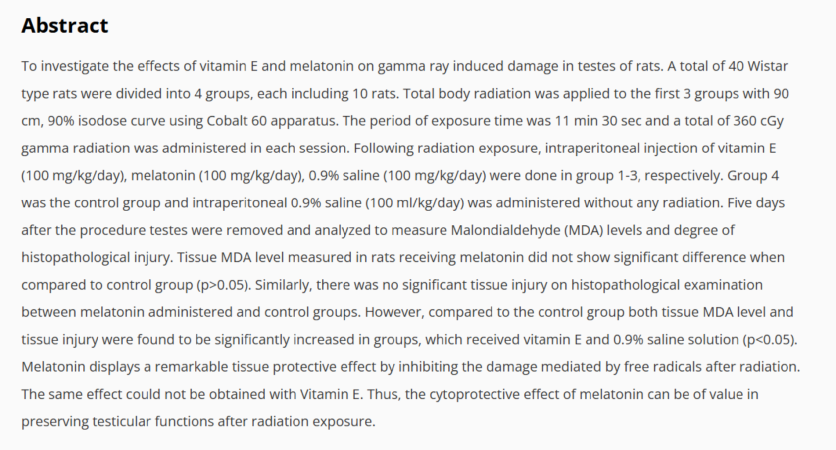Was
Urodynamic evaluation of acute effects of sildenafil on voiding among males with erectile dysfunction and symptomatic benign prostate Abstract To evaluate the acute effects of sildenafil citrate on micturition of men with erectile dysfunction and symptomatic benign prostatic hyperplasia using urodynamic parameters. Materials and methods: Between June and December 2009, a total of 50 patients over the age of 40 participated in the study. The patients were admitted to our hospital with erectile dysfunction and moderate to severe lower urinary symptoms with benign prostatic hyperplasia. To examine the sexual function of the participants, we used the IIEF-5 Sexual Health Inventory for Men questionnaire. Patients were randomly divided into 2 groups: a treatment group and a control group. A basal urodynamic evaluation was performed in both groups. After the urodynamic evaluation, 50 mg of sildenafil was given to the patients in the control group and 1 h later a second evaluation was perform
Aims In kidney surgery, bleeding is one of the most important issues. In partial nephrectomy, as a “blood stopper”, we used surgycell and ankaferd which is used traditionally in Turkish medicine. Material and methods 24 Wistar-Albino rats were grouped randomly. Laparotomy was performed in the first group, sham group. In the second group, partial nephrectomy was performed to lower-kidney pole and then, serum physiology was given to the lower part of the kidney. In the third group, partial nephrectomy was performed and surgycell was given over the kidney. In the fourth group, partial nephrectomy was performed and then ABS was applied. In all groups, the gauze was weighted on sensitive lift before and after the operation in order to determine the amount of bleeding. After the subjects were left alive for 5 hours, the levels of blood urea, and creatinine and kidney histopathology were evaluated. Results No meaningful difference between the groups was found as for the levels
The aim of this research is evaluating the correlation of self-compassion, eating disorder and body image satisfaction. The sample of this study was collected from suitable participants. The 164 participants of this research are between 18-55 ages, have no clinical eating disorder. In this study Self-Compassion Scale, Eating Disorder Examination, Body Image Questionnaire and 8 demographic information questions were used. The veri were gathered from Qualtrics. The veri were analyzed on Jamovi 1.0.7 and the correlations were computed. As conclusion, a negative correlation was found between self-compassion and eating disorder, a negative correlation between body image satisfaction and eating disorder and a positive correlation between self-compassion and body image satisfaction. In the previous studies, there were congruence results about the correlation between these variables. Keywords: self-compassion, eating disorder, body image satisfaction
Abstract Summary: This study investigates the familial risk of varicocele by examining the first-degree relatives of men with known varicoceles. Among 49 men with clinical varicocele who presented with infertility, testicular pain, or scrotal swelling between June 2008 and May 2009, 66 first-degree relatives were screened. Compared to a control group of 100 men without varicocele, the prevalence of palpable varicocele in first-degree relatives (33.9%) was significantly higher (3 times) than in the control group (12%). Fathers (21.1%) and brothers (36.2%) of patients with varicocele showed the highest prevalence. The study suggests a hereditary aspect of varicocele and recommends counseling for male relatives of affected individuals regarding the increased risk. This study highlights the need for further research into the genetic causes and clinical impact of varicocele inheritance.
This study investigates the protective effects of Caffeic Acid Phenethyl Ester (CAPE) against Cyclosporine A (CsA)-induced nephrotoxicity. CsA is a potent immunosuppressive agent commonly used after organ transplantation but has significant nephrotoxic effects, which limit its widespread use. CAPE, a natural compound with strong antioxidant and anti-inflammatory properties, has been shown to reduce oxidative damage in various tissues. Materials and Methods: Wistar-albino female rats were divided into four groups: Control (saline only), CAPE (10 μmol/kg/day for 11 days), CsA (15 mg/kg/day for 10 days), and CsA + CAPE. Biochemical analyses included measurements of blood urea nitrogen (BUN), creatinine (Cr), lipid peroxidation (MDA), myeloperoxidase (MPO), superoxide dismutase (SOD), and catalase (CAT) activities. Results: CsA administration significantly increased BUN and creatinine levels, indicating renal impairment. The CsA + CAPE group showed reduced creatinine levels comp
This study investigates the protective effects of Vitamin E and Melatonin against gamma ray-induced damage in rat testes. A total of 40 Wistar rats were divided into four groups. The first three groups were exposed to 360 cGy gamma radiation using a Cobalt-60 apparatus. After radiation exposure, the first group received Vitamin E (100 mg/kg/day), the second group received Melatonin (100 mg/kg/day), and the third group received 0.9% saline solution. The fourth group served as the control group and received only saline without radiation. Five days later, the rats’ testes were removed and analyzed for Malondialdehyde (MDA) levels and histopathological damage. The Melatonin group showed no significant difference in MDA levels and tissue damage compared to the control group (p>0.05). However, in the Vitamin E and saline groups, both MDA levels and tissue damage were significantly increased (p<0.05). In conclusion, Melatonin demonstrated a strong protective effect by preventing free ra
